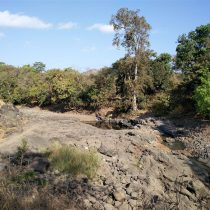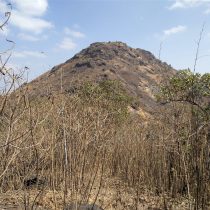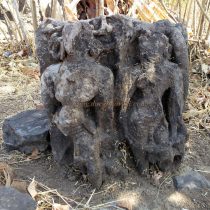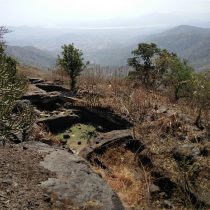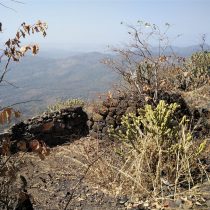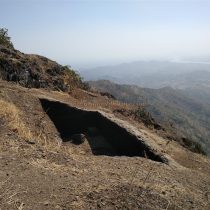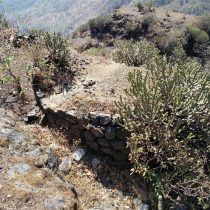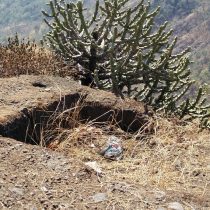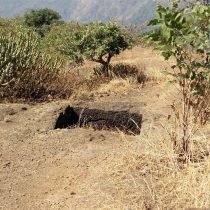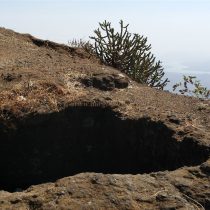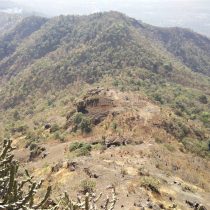KAMANDURG
TYPE : HILL FORT
DISTRICT : THANE
HEIGHT : 2110 FEET
GRADE : MEDIUM
Mahuli Fort in Thane district is the highest fort while Kamandurg near Vasai is the second highest fort with a height of 2200 feet. Kaman village is on Vasai-Bhiwandi road. Belkundi village is one and a half kilometers away from this village. There is a footpath from this village to Kamandurg. This fort is mentioned as 'Kamavandurg' in the folks of Mahikavati, written in the 11th century. In ancient times there was trade between Kalyan and Vasai through the river Ulhas. From Vasai many ships leave for Kalyan through Ulhas River. Kamandurg was built to monitor these ships and patrol the area. This fort played an important role during the Vasai war. It takes about three to three and a half hours to climb to this fort located in the area of Ulhas River and Vasai Bay. Even today, this fort is standing with ancient remnants like steps carved into the rock, dry water cisterns.
...
From Belkundi village at the base of the fort, the head of Kamandurg can be seen peeking out from behind two hills. Crossing these two hills, we reach the hill of Kamandurg, where we are greeted by steps carved into the rock. After climbing these steps we enter the fort through a ruined gateway. The head of Kamandurg at a height of 100 feet in front attracts our attention. Here is a cluster of 5 carved cisterns. By the month of March, one of these cisterns has barely any water. A stone idol is placed under a tree on the way to the cisterns. Two women are carved in it and they are wearing coil-like ornaments in their ears. Along the cisterns a path leads to the highest peak of Kamandurg. On this path there are remains of two partially collapsed bastion and a small rampart. On the way, there is a dry tank from the Satavahana period. It is preceded by steps carved into the rock. After climbing these steps one can reach the top of the fort. There seems to be a stagnant lake here but even this does not hold water. There are a total of eleven carved water cisterns at the fort and none of the cisterns hold water. Water is the soul of a fort. A fort on which the source of water does not remain alive, the fort never stands. Although Kamandurg was successful in many campaigns, it became a standard of failure. Because of lack of water, this fort had to be abandoned many times. Tungareshwar, Gumtara forts can be seen from the fort and the area from Vasai Bay to Dharavi can be seen in the west. In the year 1683, Sambhaji Maharaj won this fort from the Portuguese. On 12 September 1685, Kamandurg was captured by the Portuguese from the Marathas. But due to lack of water, the Portuguese abandoned the fort and it was deserted. In AD 1737, the Vasai war started between the Portuguese and the Peshwa. At that time, Shankarji Keshav Phadke wrote a letter to the Peshwa to build this fort, in which he wrote that the fort is in the middle of the Portuguese territory, the Kalyan-Bhiwandi route can be controlled from the fort. At this time, two cisterns on Kamandurg were dug and the fort was repaired and constructed. Many measures were taken at that time to stop the water on the fort from perishing. The Peshwa also abandoned this fort due to the lack of water, despite the efforts made by the Peshwa to keep the fort inhabited. This must have been the only fort to collapse due to lack of water.
© Suresh Nimbalkar

